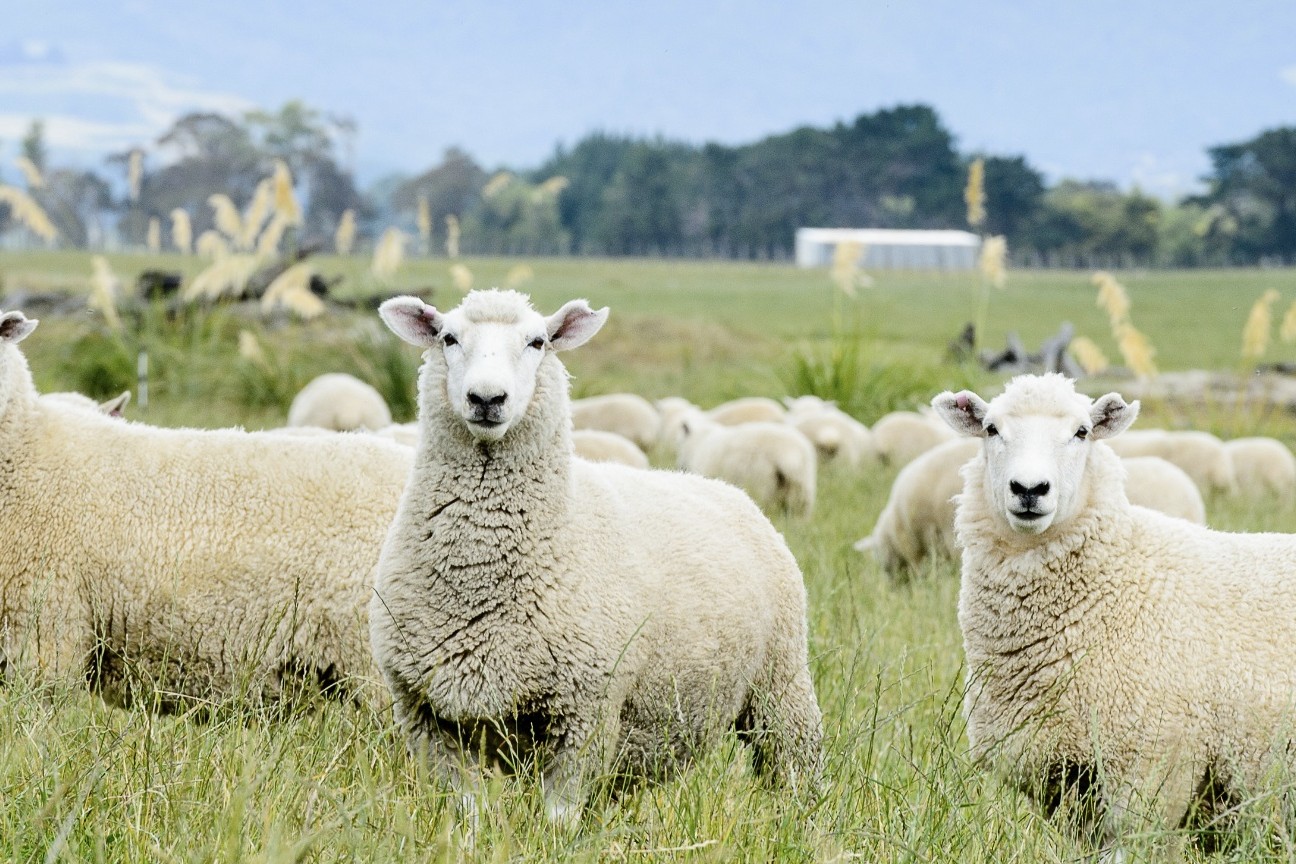Richard Green: Agribusiness director and investor currently director of Headwaters, Taylor Pass Honey and Wainono Dairy Partnership. Richard was previously on the board of AGMARDT, FAR, Rural Leaders and formerly worked for PGG Wrightson Seeds and Agricom and as an agribusiness consultant.
Lee Matheson: Managing Director of Perrin Ag for the past 18 years engaged with business strategy, farm system innovation, corporate governance, investment analysis and economic research. Passionate about Māori agribusiness and integrated value chains.
Andy Caughey: Chief Executive of Wool Impact following 20 years in the outdoor clothing business. Andy also worked as the international marketing manager for NZ Merino Company from its formation in 1996.
How are New Zealand sheep farming businesses capturing premiums?
Richard Green: Whatever business model you adopt for your farming business you have to execute to a high level. If you are running a low cost commodity supply business model you need to ensure you absolutely keep control of costs and be a low cost producer than other global suppliers into the same market. If you move into supplying premium markets, cost control is still important but the most important thing is to achieve all the supply targets so you can maximise the premium return for both the value chain but also for your
farming business.
Lee Matheson: Get the right sheep on the ground in the first place – the top operators are identifying and securing the genetics they need, achieving consistently high survival-to-sale (what we think of as lambing percentage), grow their lambs efficiently to hit the market windows they are targeting and have a clear strategy around wool (whether that’s keeping it or losing it). Work like hell to meet the delivery spec, on time, every time which means monitoring, knowing how fast your lambs are growing, adjusting mobs and rotations, and understanding the factors that might influence what their lamb will taste like, its nutritional properties or its staple length.
Andy Caughey: Sustainability measures are what progressive brands are demanding now. Wool manufacturing brands have largely enjoyed the price benefits of sourcing wool as a commodity however we’re seeing a dramatic shift in the transparency and data required to a farm specific level in meeting today’s market requirements. We see a clear pathway to value when wool is positioned as a solution to brands’ climate and broader sustainability ambitions that drives attribute and farm-specific sourcing of wool. We see New Zealand’s sheep farmers developing a sophisticated understanding of their farm impacts, their emissions and their removals, and often supported by their meat company or in some instances their wool broker, a focus on continuous improvement.
What capital and expertise are required to set your sheep farming business up for success into the future with a declining flock?
Richard Green: With 90% of our lamb meat exported, our farm gate meat prices will be determined by global supply and demand, not by what happens with the size of the NZ sheep flock. It will be a discerning group of customers that you can provide the attributes they want on a consistent basis to command a higher price. This is obviously easy to say but very difficult to do and the JV of Headwaters and Alliance have taken 10 years to build the Lumina brand working back from the demands that chefs had globally. Building premium value chains takes time and also requires a partnership approach right across the value chain. Select the right partners then keep building on the relationship and have the patience and resilience to ride the ups and downs to achieve what everyone else sees as ‘overnight success’.
Lee Matheson: I think that capital [from growers and outside the sector] will be needed to support the ongoing development and growth of the high value markets that niche industries require to be viable. And capital is ultimately going to be needed to support whatever wool strategy you choose – capital to acquire and transition genetics (to shedding or woolless sheep) or capital to invest in the value chain you plan to sell your wool into and to reinvest into the systems and infrastructure you’ll still need on farm to harvest wool. There is nowhere for substandard delivery to hide when you are no longer producing a commodity and that requires a substantive change in mindset.
Andy Caughey: Protecting our nation’s reputation for bright, white wool. With sheep numbers down, and breeding and alternative land use choices available to farmers, we are more aware than ever that wool needs to be a profit centre for the farm. In challenging times it’s tempting to reduce efforts in preparation however we need to continue to bolster the sector’s capability in shearing, handling and grading wool. The world looks to New Zealand’s superior colour and consistency to produce brightly coloured textiles. We can’t loose this advantage.
What more is needed by industry to support farmers to capture premiums?
Richard Green: During my farming career real product prices have continued to fall. The way we used to counter this was to increase productivity and farm scale to hold our profitability. Given the environmental limits on catchments we now need to find ways of growing our businesses while we reduce nutrient losses from our system. I think future farming business models will have a lot more diverse income sources than they do today. This will include meat and wool sales but will also include carbon and timber, tourism, bio-diversity payments, partnership income from JV’s of people using our land and so forth. We will need to adopt technology when available to reduce our environmental footprint particularly with GHG emissions. I also think that premiumisation of our products and connecting closer to our consumer will be a big part of our future. I am looking for industry to help us understand and work towards this new future.
Lee Matheson: I think pricing signals that are more about what our customers want than what processors need would be a great start. At the risk of raising the ire of readers, if the market really doesn’t want a 15kg cwt lamb or a lamb that grades as over fat, maybe the industry needs to look hard at what it [still] pays farmers who supply those lambs? I think there needs to be more focus in extension on the ‘how’, rather than on the ‘what’ or the ‘why’ to support farmers to better meet supply/premium specifications. The information on how to grow lambs faster or improve cycling in ewes has been the same for about 30 years, but as a sector we seem to struggle to communicate how some farmers are managing to successfully implement this with their teams on their farms when so many are not. I think that would improve the confidence of growers to (a) enter into agreements that offer real premiums and (b) their ability to then capture them.
Andy Caughey: Building connectivity between brands and growers transitioning to a wool sector that is market aligned. Undoubtedly, the strong wool sector, with some exceptions, has been on the back foot due to lack of market connectivity and lack of investment. Recognition and reward for well-prepared wool.





